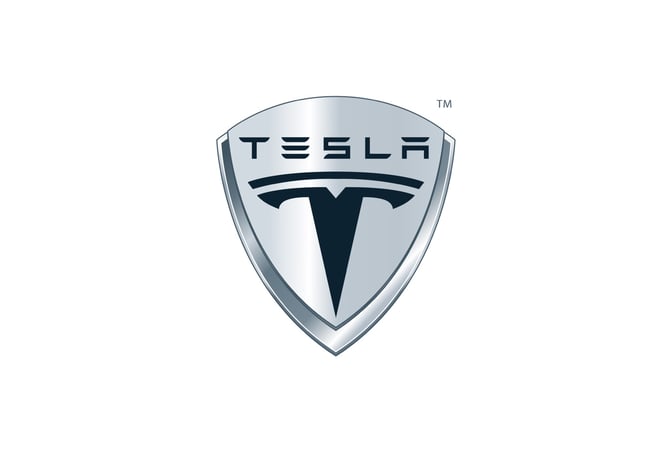
The Tesla logo, with its sleek and minimalist design, serves as a powerful symbol of innovation, sustainability, and technological advancement in the automotive and energy sectors. Created by Elon Musk and co-founders Martin Eberhard and Marc Tarpenning in 2003, Tesla has rapidly become synonymous with electric vehicles (EVs) and renewable energy solutions.
Evolution of the Tesla Logo
The Tesla logo has evolved significantly since the company’s inception. The original logo, introduced in 2003, featured a stylized “T” with a sleek, modern font. This design was simple yet distinctive, reflecting Tesla’s mission to redefine the automotive industry through electric propulsion technology.
In 2007, Tesla updated its logo to its current iteration—a simplified and stylized representation of the letter “T.” The horizontal line through the middle of the “T” gives it a futuristic and dynamic appearance, symbolizing energy and movement. This minimalist design approach aligns with Tesla’s commitment to clean energy and sustainable transportation.
Symbolism and Design Philosophy
The Tesla logo embodies the brand’s core values and technological focus. The stylized “T” is designed to resemble a cross-section of an electric motor, emphasizing Tesla’s pioneering role in electric vehicle technology. The horizontal line through the “T” symbolizes the electric circuitry and flow of energy, highlighting Tesla’s commitment to sustainable energy solutions.
The choice of a sleek and modern font for the logo reflects Tesla’s innovative spirit and forward-thinking approach. The simplicity of the design ensures that the logo is instantly recognizable and versatile, whether displayed on vehicles, energy products like solar panels and batteries, or branding materials.
Global Impact and Recognition
The Tesla logo has achieved global recognition and acclaim, symbolizing not just a brand but a movement towards sustainable transportation and energy independence. Tesla’s Model S, Model 3, Model X, and Model Y have become synonymous with cutting-edge technology, exceptional performance, and zero-emission driving.
Beyond electric vehicles, Tesla’s energy products, including the Powerwall and Solar Roof, leverage the same innovative technology to enable homeowners and businesses to generate and store renewable energy. The logo’s presence on these products reinforces Tesla’s holistic approach to sustainability and energy efficiency.
Visionary Leadership and Future Prospects
Elon Musk, Tesla’s visionary CEO, has played a pivotal role in shaping the company’s identity and global impact. Under his leadership, Tesla has expanded its production capabilities, launched groundbreaking vehicles like the Cybertruck and Roadster, and continued to innovate in battery technology and autonomous driving systems.
Looking ahead, Tesla’s logo will continue to symbolize innovation and leadership in the transition towards sustainable energy solutions. The company’s ambitious goals, including reducing carbon emissions, advancing autonomous driving technology, and expanding renewable energy infrastructure, underscore Tesla’s commitment to shaping the future of mobility and energy.
Conclusion
In summary, the Tesla logo represents more than just a brand—it embodies a commitment to innovation, sustainability, and technological advancement. As Tesla continues to push the boundaries of what’s possible in electric vehicles and renewable energy, the logo will remain a symbol of progress and a beacon for those who strive towards a cleaner and more sustainable future.
